Written by
Betsy Price & Adrienne Muken
Expo West: when the hottest food companies, retailers, ingredient specialists, and brand enthusiasts come together to celebrate their latest and coolest innovations.
In recent years, we've seen the likes of functional beverages, wellness in all forms, and CBD everything. Some trends have come and gone, and some have stood the test of time and become the industry standard. At this year’s show, we saw continued support for organic, sustainable foods, and unique wellness products. We also saw new trends that made us pause and think twice about their potential impact on the category.
Here are the top trends we saw at Expo West 2023:
From the ground up:
regenerative farming digs in
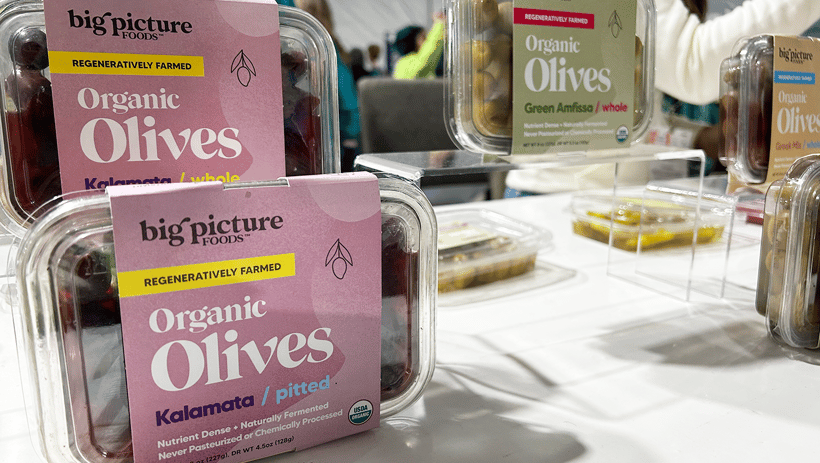
Regenerative farming—an approach consisting of conservation and rehabilitation for food and farming systems—was everywhere. Predominantly in the organic space, we saw regenerative farming shine through from both specialty and mass brands across categories, from snacks to tea, coffee, beverages, supplements, and more. Yet, there was an inconsistent definition of regenerative farming across the board and a variety of certifications that gave brands credibility.
So how are brands engaging with this space? Are we making it simple enough for consumers to understand…and care? We’ve been fortunate enough to partner with Bright Future Foods on the creation of Airly, the first climate-positive snack produced by way of regenerative farming. Our challenge was to attract the “climate-curious” consumer and major retailers alike. Similar to the case of Airly, focusing on a compelling narrative and simplifying what can be a rather complex message, could be what helps others break through and resonate more with consumers.
Herbacious: beverages get
dosed with herbs & botanicals
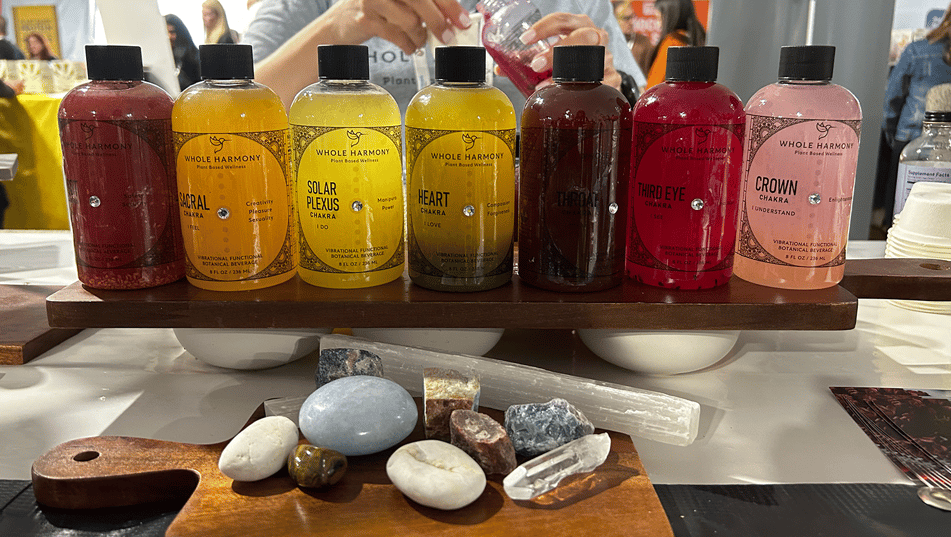
We saw the beverage industry blaze trails for the “functional beverage” space with trends including new, exotic flavor profiles such as cardamom, turmeric, and water lily, enhanced with CBD, adaptogens, and even crystal to promote health benefits. We noticed brands attempting to normalize these unconventional flavor profiles through more mainstream delivery systems such as flavored sparkling water.
With ingredients that may feel far-fetched today, focusing again on creative narratives to explain the origins of their recipes might help brands win in this space, but the use of common terminology (like “tonic”) will be a key pillar for stepping consumers slowly into this new world.
Plated plants: plant-based
as center of plate
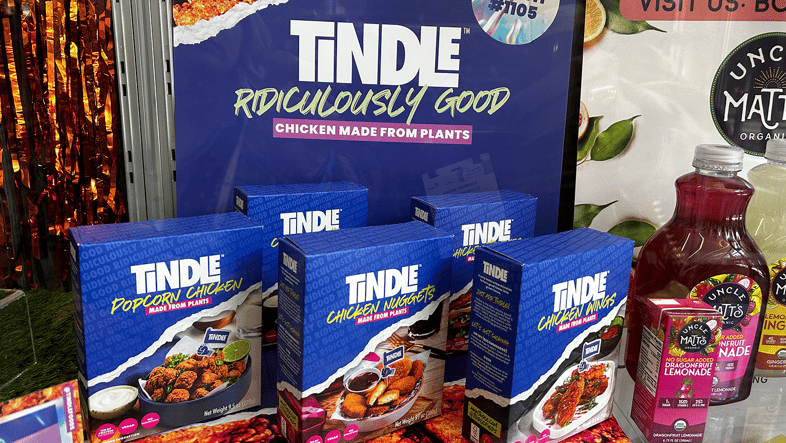
Plant-based has been a growing movement over the last few years. This year we saw it shift from playing a supporting role on the plate, to being the main act. Brands aren’t just selling a single replacement ingredient for meat, leaving you to figure out the remainder of your meal separately, but instead are selling holistic plant-based meal solutions, like salmon poke bowls from Konscious, to create a cohesive meal experience for the consumer.
Further, the expansion into a broader set of food groups outside of meat also impressed. We tried plant-based caviar from Avafina Organics and stand-out plant-based gelato from Tindle. The branding was just as enticing as the food!
Under the sea: sea kelp
floats to the surface
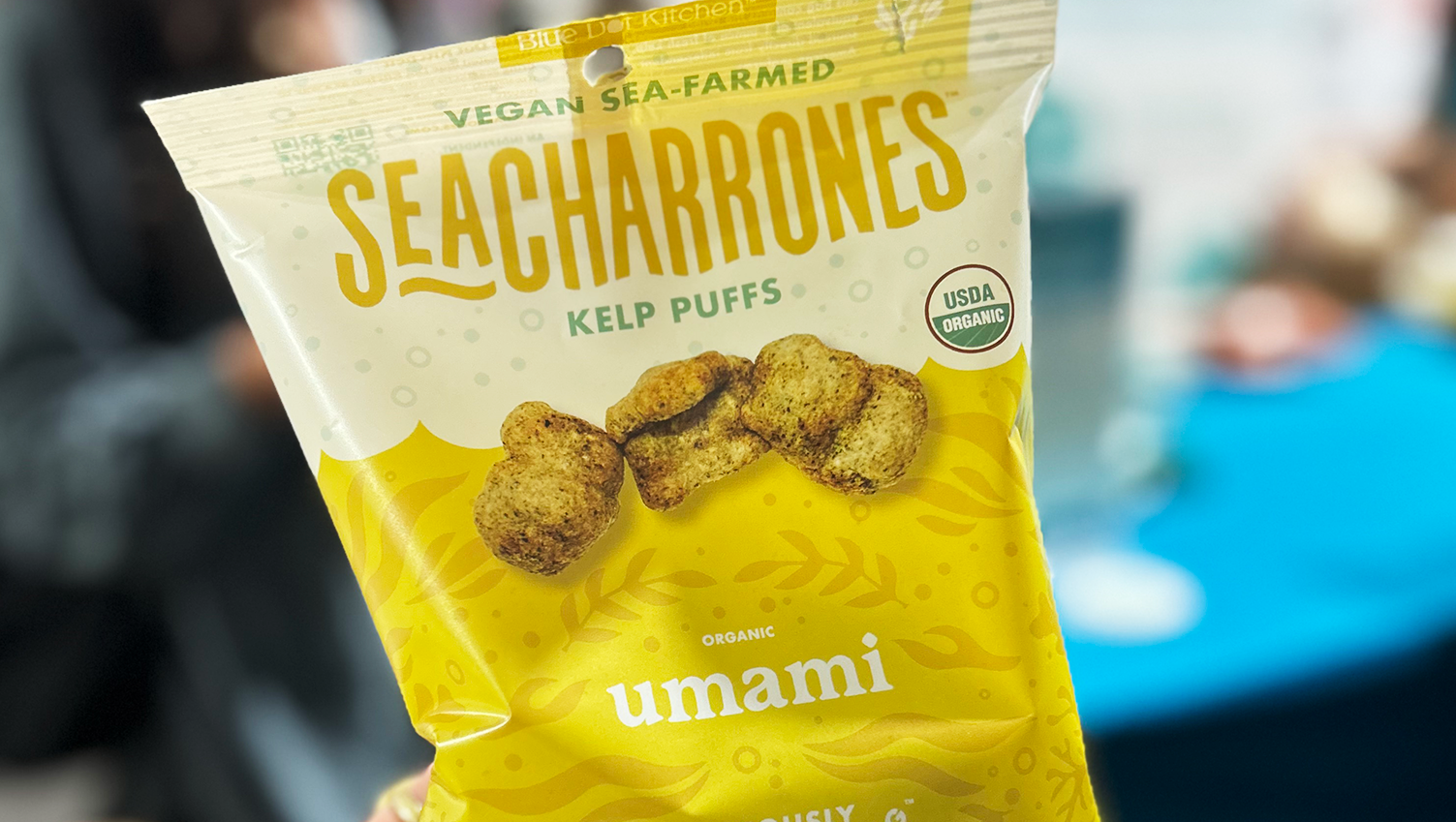
It was as if we were swimming in it! This salty, sea-infused treat was everywhere and in all shapes and forms such as crackers, puffed chips, and even burger patties. In addition to being delicious, sea kelp touts an authentic sustainability story, including its independence from needing other marine life to survive as well as combating climate change by naturally sequestering greenhouse gasses. Hands down, sea kelp is a salty snack we can definitely get behind and hope to see more of in the future.
Frozen (not the musical): Anaheim freezes over with ice cream & gelato
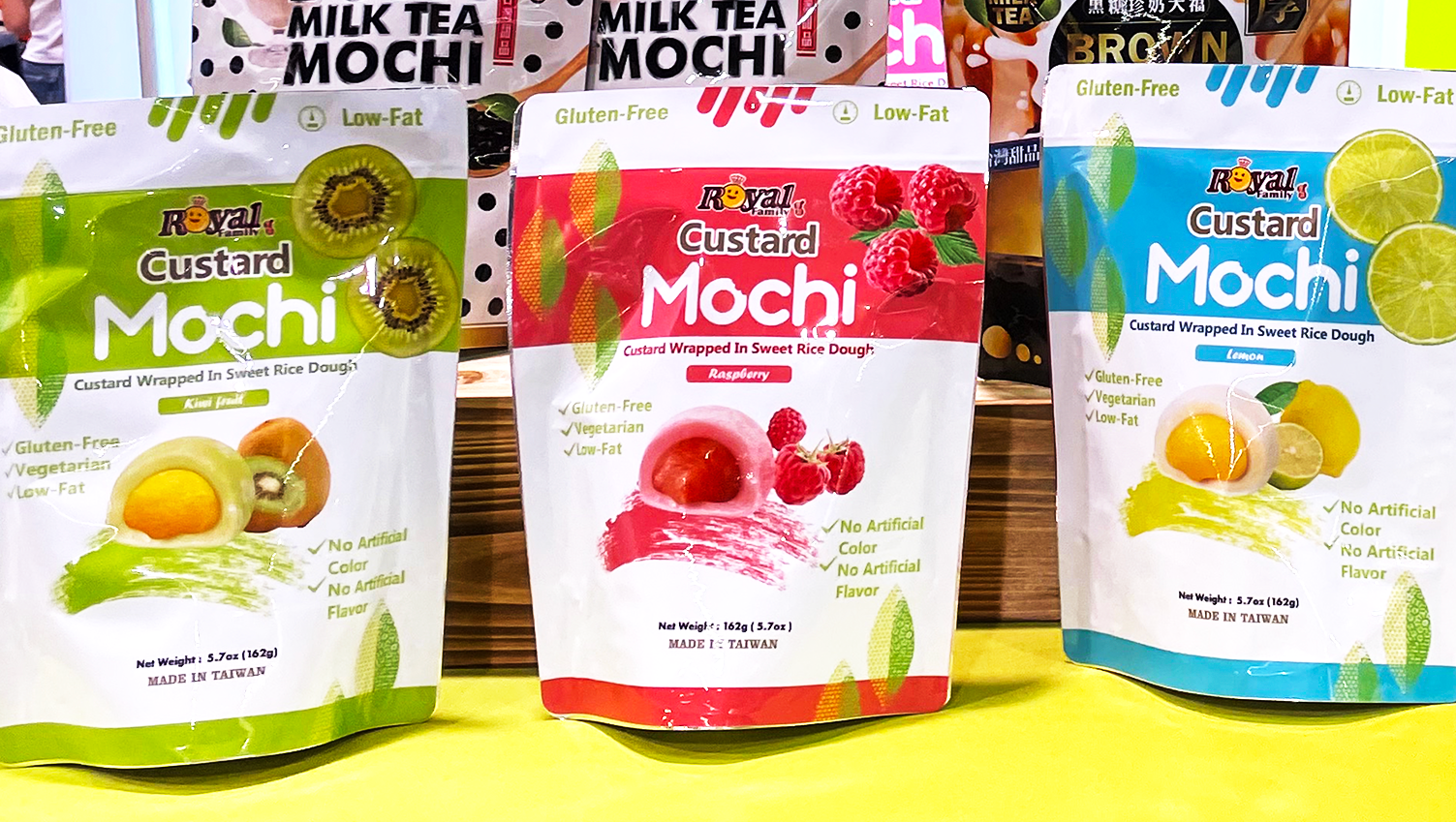
In the freezer aisle we met! A2 milk held its own in the spotlight and artisan plant-based brands like Green Girl went head to head with mainstream brands like Oatly when it came to both innovation and branding. The rookie of the year may just have been mochi, with brands like Royal Family and Bubbies having a strong presence.
Alt World: are Baobab and
tiger nuts the new mushrooms?
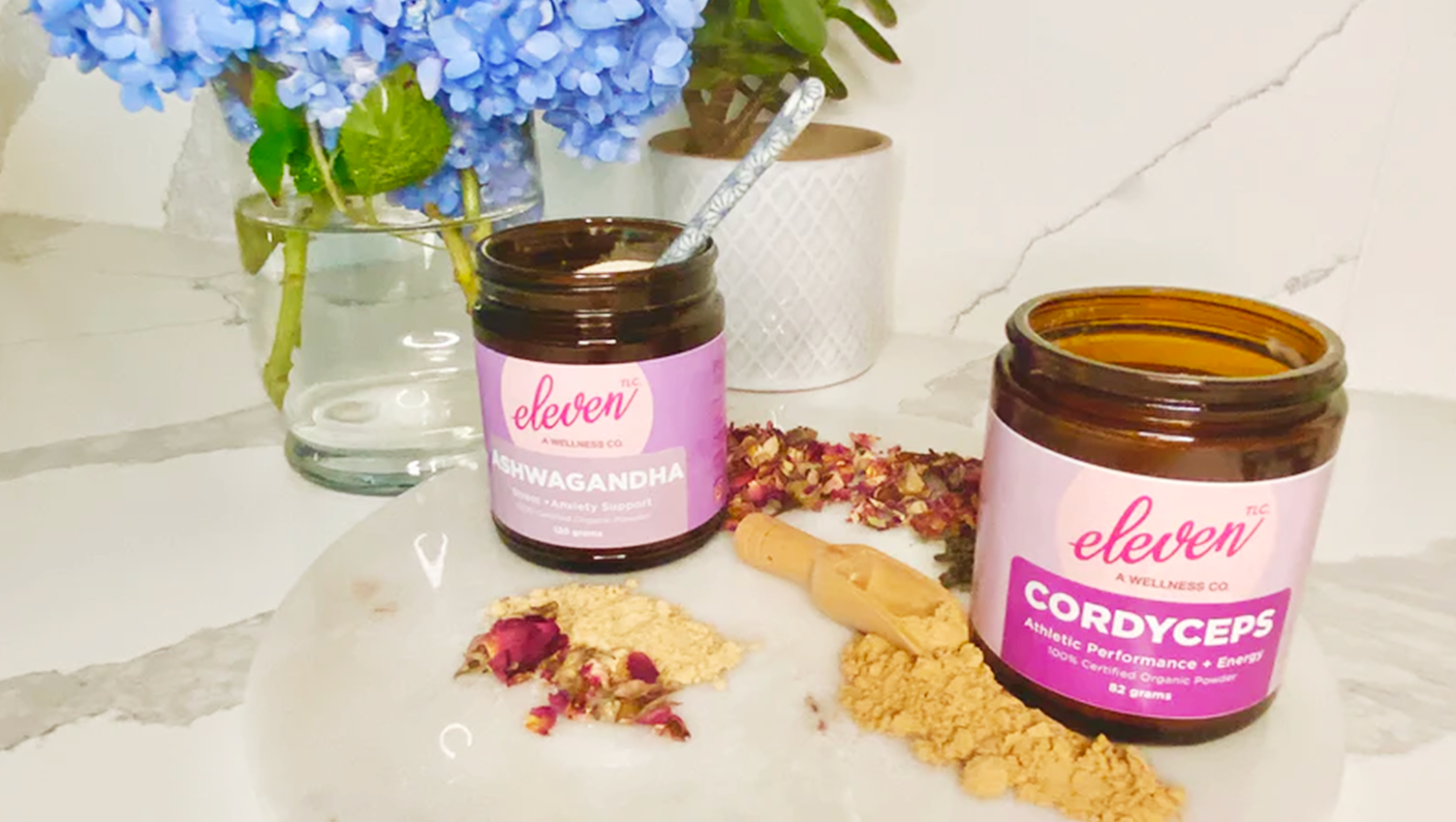
While mushrooms dispersed broadly from more traditional forms to gummies and even jerky, we saw less familiar ingredients like baobab and tiger nuts breakthrough either as both standalone brands and individual food ingredients.
But as we look for more sustainable and nutrient-dense food solutions, we asked ourselves, will these lesser known plants see more mainstream integration in the way mushrooms have? And will indigenous communities have a chance to reap the rewards of ingredients harvested from their communities? We’ll be watching closely and learning along the way.
If you attended Expo West as well, tell us: what trends inspired you? Do you think they’re here to stay? Follow us on LinkedIn to share your thoughts.